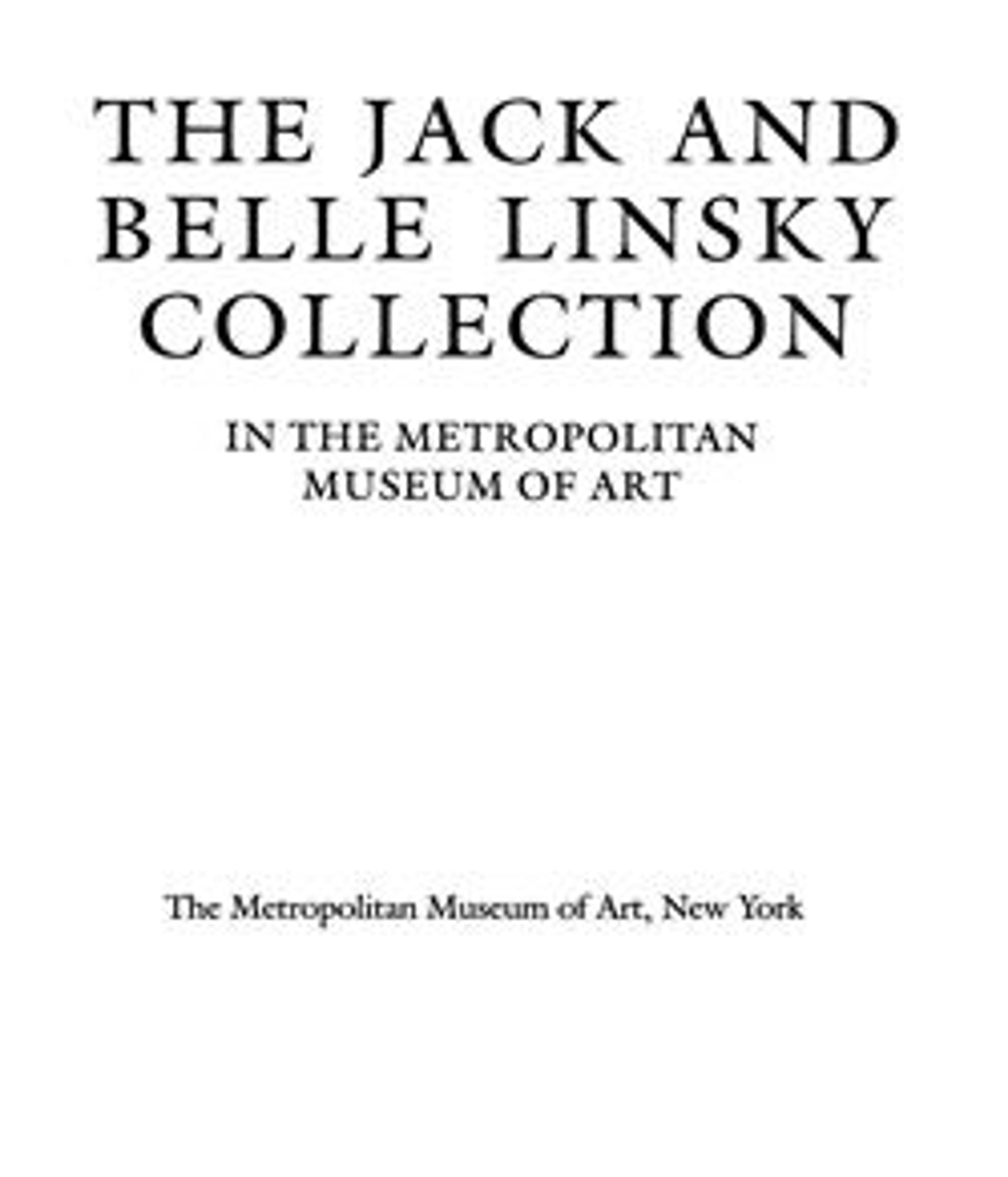Sofa (canapé à confidents)
A sofa of this type, with a wide central section and a single outward-facing seat at each end, was called a canapé à confidents, although a design less likely to encourage exchange of confidences would be hard to imagine. Examples were made primarily in the Louis XV and Louis XVI periods, and only a small number survive. However impractical, the form was highly decorative, and it appears in designs for neoclassical wall elevations where the shape and carving are conceived in harmony with the wall paneling.[1] On the present piece, the carving on the wreaths of roses and olive branches tied by a ribbon at the top of each end is particularly skillful. This canapé has been described by both the comte de Salverte and Guillaume Janneau as Sené's finest known piece of furniture in the Louis XVI style.
[Bill Rieder, 1984]
Footnotes:
[1] An example by Richard de Lalonde in the Musée des Arts Décoratifs, Paris, is illustrated in World Furniture, ed. H. Hayward, New York, 1965, p. 124, fig. 453.
[Bill Rieder, 1984]
Footnotes:
[1] An example by Richard de Lalonde in the Musée des Arts Décoratifs, Paris, is illustrated in World Furniture, ed. H. Hayward, New York, 1965, p. 124, fig. 453.
Artwork Details
- Title: Sofa (canapé à confidents)
- Maker: Claude I Sené (French, 1724–1792)
- Date: ca. 1775–80
- Culture: French
- Medium: Carved and gilded beechwood upholstered in modern blue dotted silk
- Dimensions: 34 × 90 × 24 1/2 in. (86.4 × 228.6 × 62.2 cm)
- Classification: Woodwork-Furniture
- Credit Line: The Jack and Belle Linsky Collection, 1982
- Object Number: 1982.60.71
- Curatorial Department: European Sculpture and Decorative Arts
More Artwork
Research Resources
The Met provides unparalleled resources for research and welcomes an international community of students and scholars. The Met's Open Access API is where creators and researchers can connect to the The Met collection. Open Access data and public domain images are available for unrestricted commercial and noncommercial use without permission or fee.
To request images under copyright and other restrictions, please use this Image Request form.
Feedback
We continue to research and examine historical and cultural context for objects in The Met collection. If you have comments or questions about this object record, please contact us using the form below. The Museum looks forward to receiving your comments.
